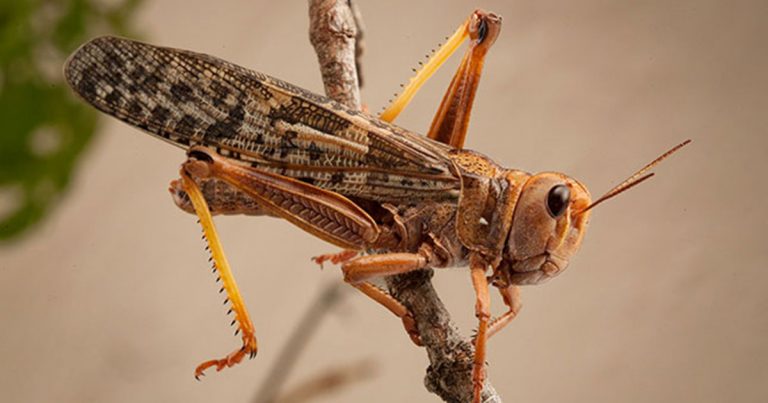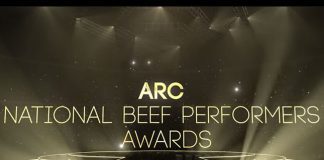
Photo: FW Archive
There are fears that this season could see some of the worst infestations of brown locusts (Locustana pardalina) in South Africa on record.
This followed reports of outbreaks in the Concordia and Springbok areas in the Northern Cape, as well as the Graaff-Reinet, Cradock and Aberdeen districts in the Eastern Cape.
Andrea Campher, manager of the risk and disaster unit at Agri SA, said the good rainfall forecast for the upcoming season, and the fact that the locusts had laid their eggs near irrigation areas in the Eastern Cape earlier this year, could result in large-scale infestations.
Government was responsible for managing pests and diseases in terms of the Agricultural Pests Act 36 of 1983. However, due to delays in payments from the Department of Agriculture, Land Reform and Rural Development (agriculture department) to farmers and general workers who acted as district locust officers to manage outbreaks, Campher said Agri SA was concerned that farmers could decide not to renew their contracts with the agriculture department.
However, the association believed that farmers were much better prepared for any locust outbreaks in the 2021/2022 summer season, as the extent of the 2020/2021 outbreak had caused alarm in the farming community, resulting in many more farmers enrolling for training in locust eradication.
Willem Symington, vice president of Agri Northern Cape, said although tcurrent outbreaks were on a small scale, the association was in the process of preparing for larger outbreaks on the back of the expectations for good rainfall.
Dr Gerhard Verdoorn, operations and stewardship manager at CropLife South Africa, told Farmer’s Weekly the rainy season was expected to start in October, and no outbreaks had so far been reported in the Karoo, as the ambient temperatures were still low.
“[But] there is enough soil moisture in some parts of the Karoo to catalyse hatching if the temperature rises to above 16˚C in the soil and 30˚C [in the atmosphere].”
During the previous rainy season, many swarms of locusts were recorded, covering vast areas such as the entire Karoo, southern Kalahari, western Free State up to Bloemfontein, and as far east as Kirkwood in the Eastern Cape.
He warned that farmers needed to be vigilant and regularly scout their veld where locusts were present last year. Small black hatchlings needed to be reported immediately, he said.
According to Janine Byleveld, operations officer for economics, commerce and natural resources at Agri Northern Cape, farmers needed to undergo the necessary training to deal with an outbreak.
They also needed to ensure that the district locust officer was informed about any outbreaks.
Farmer’s Weekly previously reported that stationary swarms of 2km by 1km in diameter had been reported during the previous rainy season.
However, brown locusts should not be confused with the desert locusts that decimated crops in Eastern and Northern Africa last year, and formed swarms of up to 400km² in size.











